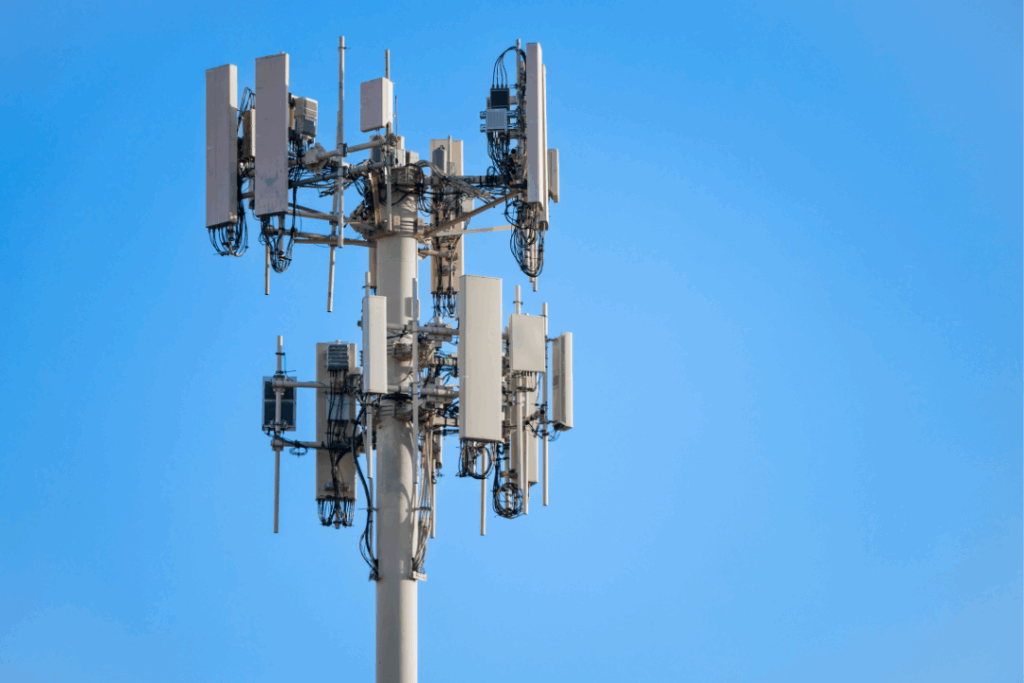The rollout of 5G home internet has opened new doors for speed, flexibility, and cost-effective broadband connectivity. But simply subscribing to a 5G internet plan isn’t enough to guarantee blazing-fast performance. To truly take advantage of everything 5G has to offer, you need to optimize your home network setup. In this blog, we go beyond the basics and share ten essential — and often overlooked — tips to ensure your 5G home internet runs like a dream in 2026.
- Choose the Right Router — Not All Are Created Equal
Your 5G experience starts with the hardware. Many users make the mistake of using outdated or generic routers that aren’t designed to handle 5G bandwidth. Invest in a high-performance 5G-compatible router with Wi-Fi 6 or Wi-Fi 6E capabilities. These routers offer better range, support for more simultaneous connections, and higher throughput.
Pro Tip: Look for routers with beamforming technology, which directs Wi-Fi signals to devices instead of broadcasting in all directions, reducing lag and boosting speed.
- Optimal Router Placement — Height and Centrality Matter
Signal strength drops significantly with each wall or floor the signal has to travel through. Keep your router in a central, open area — ideally elevated on a shelf or wall mount.
Avoid placing routers:
- Inside cabinets
- Near mirrors or aquariums (which reflect or absorb signals)
- Close to microwaves or cordless phones
- Avoid Signal Interference Like a Pro
5G, especially millimeter-wave variants, is vulnerable to interference. Common household electronics and even home layout materials like reinforced concrete or metallic insulation can block or weaken signals.
Quick Fixes:
- Switch off unused Bluetooth and wireless devices
- Opt for dual- or tri-band routers to reduce frequency congestion
- Isolate high-bandwidth devices on separate bands (e.g., streaming on 5 GHz, smart home devices on 2.4 GHz)
- Keep Your Firmware Up to Date — It’s More Important Than You Think
Manufacturers frequently release firmware updates that improve performance, patch vulnerabilities, and unlock new features.
Action Step: Log in to your router’s admin panel monthly and check for firmware updates. Set auto-update if available.
- Manage Your Device Load — Balance Is Key
The average home now has over 20 connected devices — from smart thermostats to wearables. Each one demands a slice of your bandwidth.
Strategies:
- Disconnect idle or unused devices
- Enable guest networks to offload temporary users
- Assign priority to work or gaming devices using QoS (Quality of Service) settings
- Leverage Wired Connections Where It Counts
For stationary, high-performance devices like gaming consoles, desktop PCs, or streaming boxes, nothing beats Ethernet.
Why Use Ethernet?
- Zero signal interference
- Ultra-low latency
- Stable speeds ideal for 4K streaming and online gaming
If cabling is an issue, Powerline adapters or MoCA (Multimedia over Coax) are excellent alternatives.
- Analyze and Prioritize Your Traffic with QoS Settings
Quality of Service (QoS) allows you to control which applications or devices get priority bandwidth. This is especially important in households with multiple users.
Best Use Cases:
- Prioritize Zoom or Teams calls for work-from-home reliability
- Allocate more bandwidth to video conferencing during office hours
- De-prioritize non-essential devices like smart fridges or speakers
- Run Regular Speed and Latency Tests
Monthly speed tests can help you determine if you’re getting what you pay for. Tools like Speedtest by Ookla or Fast.com provide accurate snapshots of your network’s real-time performance.
Metrics to Monitor:
- Download/upload speeds
- Ping (latency)
- Packet loss
If speeds are subpar, consider resetting your router, changing placement, or contacting your ISP for support.
- Boost Weak Signals with Antennas and Signal Extenders
In larger homes or buildings with tough layouts, even the best routers can struggle to reach every corner. Consider:
- High-gain external antennas: These extend signal range and strength beyond factory capabilities.
- Mesh Wi-Fi systems: These create a seamless network using multiple access points.
- 5G signal boosters: These amplify the incoming signal from your 5G provider, ideal for semi-rural or dense urban environments.
- Use Scheduling and Automation for Bandwidth Efficiency
Automate heavy tasks like downloads, system updates, or cloud backups during low-usage hours (e.g., overnight). Most modern routers allow scheduling via the admin panel or companion apps.
Automation Tools:
- Smart plugs for auto power cycles
- Router reboot schedulers
- Device-level bandwidth limits
Bonus Tips for Tech Enthusiasts
- Use WPA3 encryption to secure your network — it’s faster and safer than WPA2
- Disable WPS to eliminate a common security risk
- Monitor network activity using third-party tools like Fing or Wireshark to detect unusual behavior
- Enable MU-MIMO (Multi-User, Multiple Input Multiple Output) to allow multiple devices to communicate simultaneously without speed drops
Final Thoughts: Turn Your 5G Setup into a Powerhouse
5G home internet is a game changer, offering speeds and flexibility that rival traditional broadband and fiber setups. But to experience its full benefits — smooth video calls, lag-free gaming, seamless remote work, and smart home control — you must actively optimize your setup.
From smart router placement and signal interference mitigation to leveraging Ethernet and prioritizing bandwidth, every small tweak can yield significant improvements. By following these ten tips, your 5G home internet won’t just be fast — it’ll be future-proof.
Stay connected, stay empowered — and unlock the full power of 5G at home.

